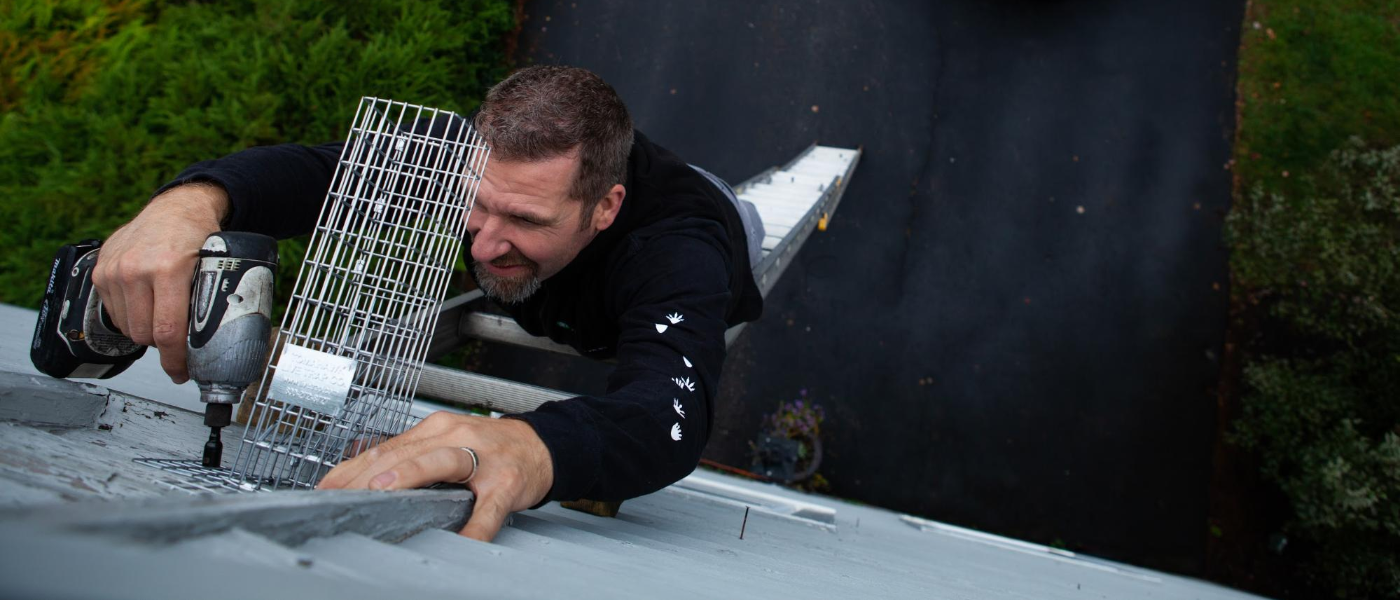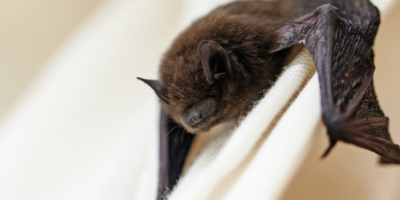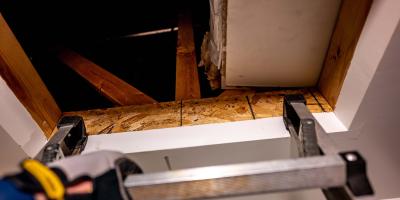New Englanders: Here's What To Know About Bat Exclusion

The little brown bat, or Myotis Lucifigus, is a relatively small mammal , but that doesn’t mean you want him and a couple hundred of his closest relatives calling your attic “home.” Nor do you want to host the big brown bat. If you’ve got brown bats in your attic or rafters, you’re going to want to develop and execute a brown bat exclusion plan.
The Breakdown on Brown Bats -- Both Big and Little
A brown bat exclusion plan is all about removing the bats safely from your property while simultaneously blocking their ability to reenter. Bats are a protected species and many local and state laws address how to handle their removal. That’s why you have to take care not to hurt, injure or kill them in the process of getting (and keeping) them out.
Both little and big brown bats can be especially difficult to evict from your attic for their own unique reasons.
Little brown bats are one of the smaller species of bats. With a full wingspan of only about 12 inches, their bodies measure about three to five inches long and they weigh approximately half an ounce. That means they have a much easier time getting through much smaller spaces than their larger bat brethren.
Although little brown bats are particularly fond of swamplands, they are actually found all across the United States—including the state with the largest brown bat population in the country: New Hampshire.
Big brown bats, as the name suggests, are considerably larger than little brown bats, measuring between 13”-14”, but both species are active during the same seasons: spring, autumn, and winter. While you’re more likely to find a little brown bat colony in your attic, big brown bats are common throughout New England and so are considered a common nuisance.
Unfortunately, the little and big brown bat populations also share a common enemy: white-nose syndrome. One of the biggest reason bats are now a protected species (which is why a proper brown bat exclusion is required for ridding your property of them) is due to a disease introduced into bat populations in the United States in 2007. White-nose Syndrome is a fungus that affects hibernating bats, creating a white fuzz around their nose and mouth.
Once it has infected a bat, fungus excites the hibernating animal, which causes the bat to become more active and, therefore, to expend more calories than it had planned for, which can lead to starvation and eventual death.
Brown Bat Exclusions are Best Left to the Pros
If you find yourself with an infestation of baby brown bats -- whether the little or big variety -- you need to hire a pest management professional. He or she will know how to create a brown bat exclusion, which requires sealing off as many holes, cracks and crevices as possible. The goal is to leave minimal exits for the baby brown bats to use, which helps the PMP better monitor a safe eviction process.
During your PMP’s scheduled visit, he or she will identify one or two optimal exit locations (and seal up all other possibilities). Ultimately, their aim is to create a strategic opening, which allows the bats to wiggle their way out safely. Once they’re out, they can’t figure out how to get back inside. In other words, a professional bat exclusion ensures that the bats are removed safely and returned to the outdoors where they belong.
Given the legality surrounding bat exclusion and the protection of bats as a species, always call a professional pest control company to safely rid your home of bats.
To learn more about brown bats and to schedule a professional brown bat exclusion, check out our bat information page.



